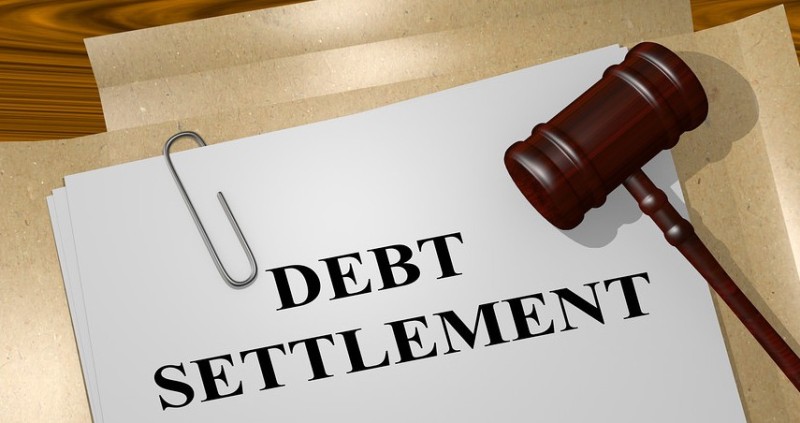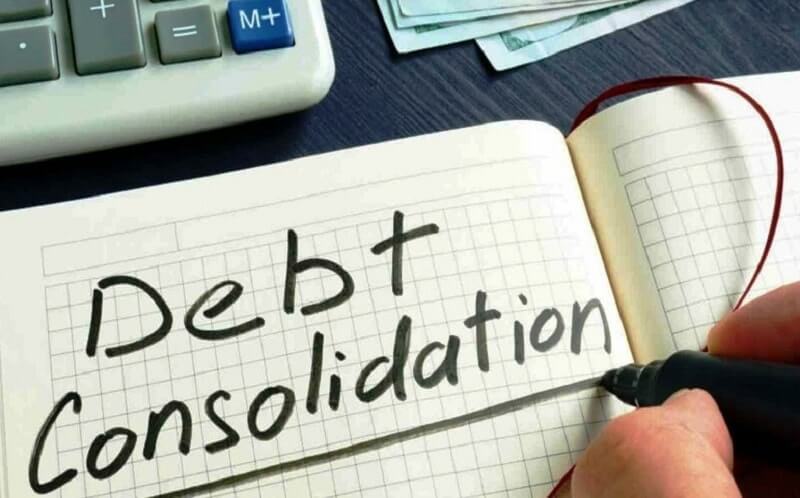First of all, what is a debt settlement? It is a financial solution in which the debt management company works on getting a reduced payment from a credit card firm on behalf it the debtor. This is one of the most common methods utilized by consumers who have become heavily into debt that they struggle to pay off the amount that they owe to the credit card company.
Improvement of credit and attainment of financial recovery after going through debt settlement is similar to the recovery process that you go through for your other financial woes, like car repossession, foreclosure, and bankruptcy. While the improvement of credit at the three credit bureaus will require some money, the more important things that you have to give in order to improve on your credit score are lots of effort and time as well to ensure that your credit records are updated.
How does debt settlement work?
As soon as your hire a debt settlement service to negotiate debt reduction to your creditor, it collects an upfront amount for its services and a monthly payment for a specific period of time, usually a maximum of six months.
It contacts the credit card agency to negotiate a settlement wherein the latter is paid with the money that the debt settlement service received from you. Assuming that the credit card agency agrees, it will receive an amount, which is from 30% to 50% of the money that the debt that you have with the credit card company. This means that that debt that you owe to the credit card agency is reduced greatly, at a maximum of 50% of your debt amount.
Order credit reports
If you’re not qualified for the free yearly credit report from the three credit bureaus – Trans Union, Experian, and Equifax – you must order your own credit report and study everything that is found in it. Be sure that every data is correct; otherwise, you will need to do major disputing. For instance, contact creditors that show that you are late in payment for at least thirty days. The best way to do this is by writing them a letter, explaining the circumstances during that time. You then must ask for forgiveness by promising the creditors that you will never be late again in your payment.
Establish different credit lines
You must create different credit lines that start with a secured type credit card with reports that go straight to the three credit bureaus. These secured cards will have funded coming from your money. For example, if you want to establish a credit line of $500, just deposit this amount of money to the card issuer. This way, you eliminate financial risks that are usually experienced by the creditor or lender. You need to maintain a maximum of 2 credit lines.
Keep balance low
Soon as you have established different credit lines, make sure that you keep their balances low. This must be true on a new debt line or old ones that had not been handled well via debt management. The ideal balance must be from 10% to 30% of the total balance. As soon as the new and old lines begin to produce a positive report on your credit reports, you continue to build on such progress by paying the creditors and agencies on time. In possible, settle debts before their date of payment is due.
Finally, under any normal situation, you need only to order credit reports once every year. However, as you succeed in performing a major cleanup and enjoy desirable financial results from your efforts, such as debt relief or settlement; you may consider ordering credit reports a minimum of twice a year. Credit reports are helpful in monitoring your credit; and in effect, ensure that you maintain a positive one especially if you made progress in improving it.
However, you must be careful about the habit of unscrupulous creditors that use unfair tactics wherein they reenter a credit balance on your credit report when a zero balance should actually be reflected. This can have a damaging effect on your credit report, and negate whatever efforts that you have done to improve it.
Five tips to influence your credit rating
A credit rating is a score that assesses the creditworthiness. She indicates, among other things, how great the risk is that you do not pay your bills on time. A good credit rating is therefore important if, for example, you want to pay on credit. You can get a negative rating, not with one push of a button redirecting to a given positive, but you can affect your credit rating indeed. Five tips!
1. Know your credit rating
First of all, you must, of course, know where you stand and what your credit rating is today. By requesting a free credit report, you can view your own data. In this way, you know which parts you can profile yourself and which elements are open to improvement.
2. Deposit your annual accounts in time
Annual accounts provide insight into the financial situation of your company and are therefore an important source of information for estimating debtor risks. It processes all annual accounts that are filed with the National Bank. That takes some time to process it. The earlier you provide your figures, the sooner your credit rating is based on actual data. You do not have to send your annual accounts directly to them. They only process the officially published annual accounts and we receive them automatically from the National Bank.
3. Ensure healthy ratios
A financially healthy balance largely determines your credit rating. When your annual figures are available, you will, among other things, consider your solvency ratio: the ratio between equity and total assets. If companies see a lot of debts on your balance sheet, they will, after all, be less inclined to grant credit. In addition, your liquidity ratios are important. These show whether your company can meet short-term obligations.
4. Pay on time and check open items on disputes
Thousands of suppliers share the payment experiences of their customers. Not only to punish bad payers but also to reward good payers. These experiences have an influence on your credit rating. It is therefore important to pay your invoices on time. In addition, make sure that disputes are clearly marked with your supplier and are passed on in order to prevent incorrect display.
Conclusion:
Securing the capital of operating companies in the holding company is fine in itself. It is important that you realize that the financial position of the operating company is weakening. This means that negative equity or bad financial ratios can therefore negatively affect the credit rating of the operating company.










































